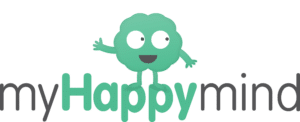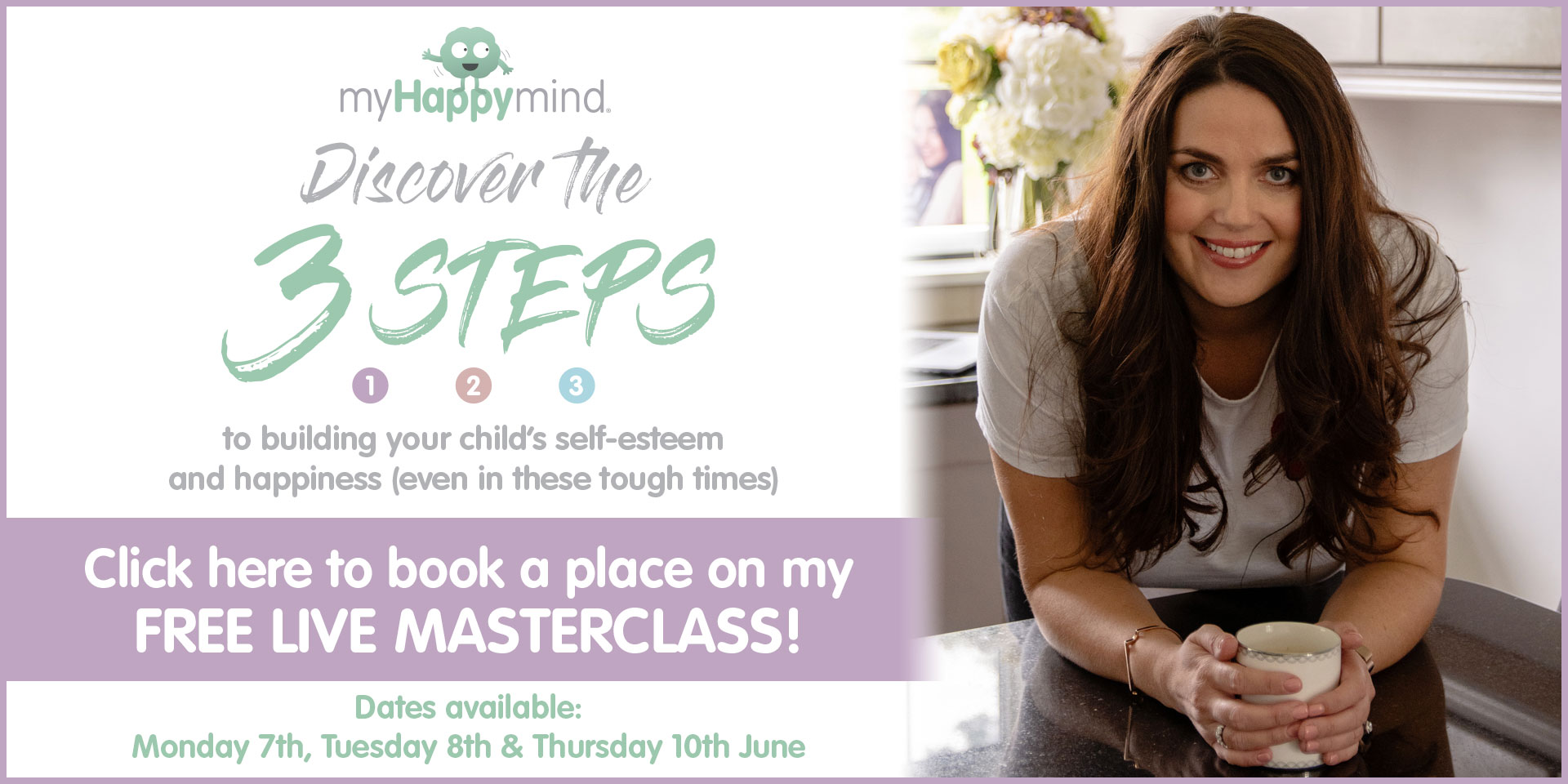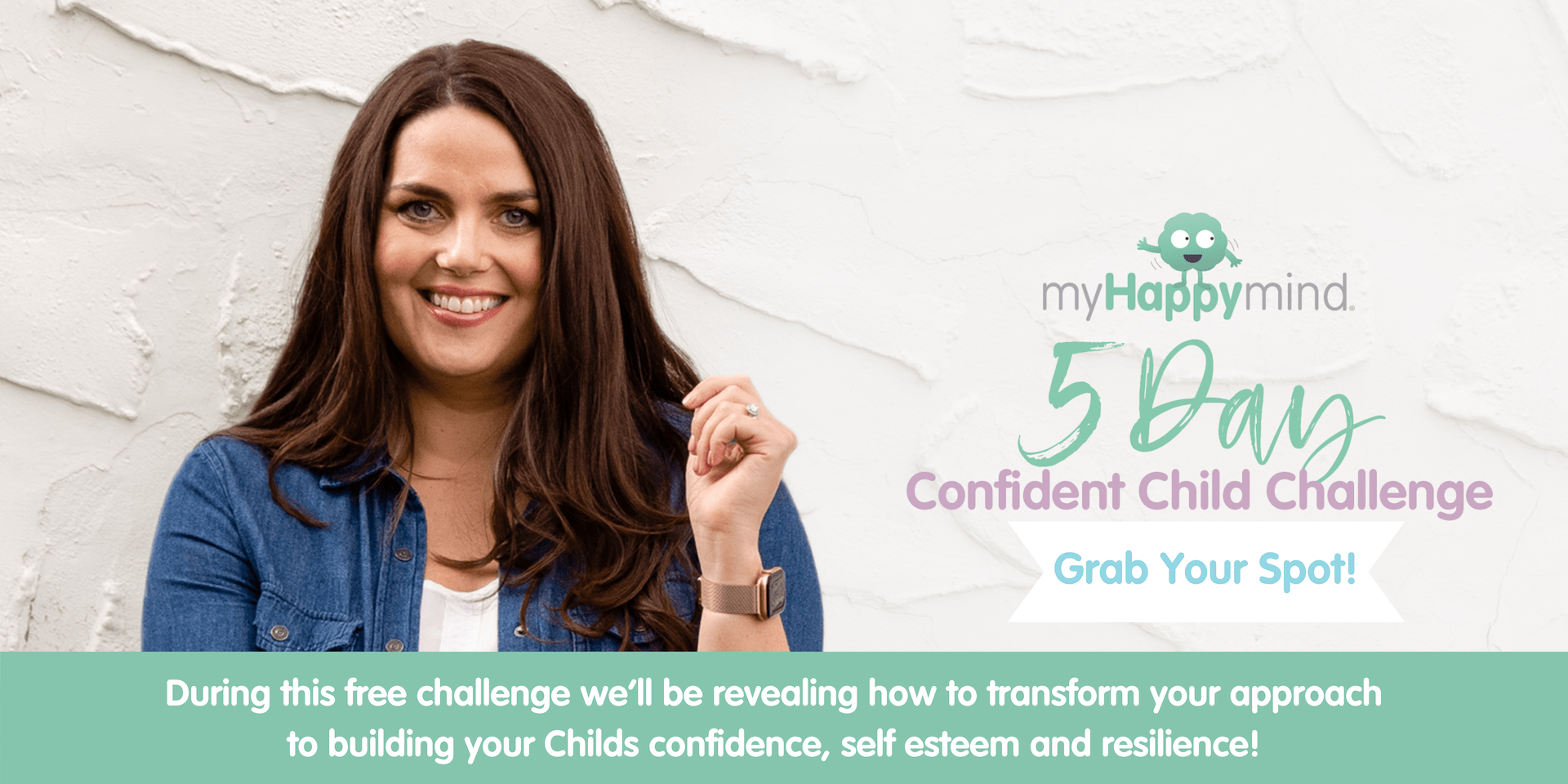What I Wish I Knew Then: Holly
I can still remember walking into my first classroom, armed with a freshly laminated, colour-coded seating plan, a pack of brand-new whiteboard pens, and wildly unrealistic expectations. I thought I was ready. I thought I knew what mattered most.
If I could go back to that first day, I’d tell myself this: Learn how the brain works. It will change everything.
I already knew that building positive relationships mattered. I knew that self-esteem and communication skills were key for children to thrive. But what I didn’t know was what was going on beneath the surface; the science of what happens inside a child’s brain when they’re upset, overwhelmed, or struggling to cope. I didn’t know how to truly support their mental health and wellbeing, even though I desperately wanted to.
A few years in, I came across the neuroscience behind three key parts of the brain that work together.
When those three are connected and working together, learning and connection can thrive. But when they’re not? That’s when regulation becomes tricky, behaviour can escalate, and relationships can feel strained.
Here’s the part that blew my mind: the Amygdala can’t tell the difference between real danger and perceived danger. That’s why a spelling test, a fall-out with a friend, or even a misplaced homework book can trigger a Fight, Flight, or Freeze response. And it’s not just children; every single one of us has an Amygdala doing its best to keep us safe.
Before I understood this, I had strategies and training that worked… but I didn’t know why they worked. I knew that helping a child calm down before trying to talk things through was important, but I didn’t realise that until the Amygdala feels safe again, the Hippocampus and Prefrontal Cortex can’t do their jobs. That’s the magic of self-regulation: it reconnects the team.
Looking back, I wish I’d spent more time helping children notice when their Amygdala was taking over and giving them tools to regulate themselves in the moment. Because self-regulation really is a superpower, not just for them, but for us as teachers too.
Imagine if every teacher learned this from day one. Better yet, imagine if every child grew up understanding that emotions aren’t ‘good’ or ‘bad, ’ they’re simply messages from the brain. Messages we can listen to, interpret, and respond to.
I wish I’d taught with this understanding from the start. I wish I’d known how much neuroscience and positive psychology could transform not just behaviour, but relationships and learning too. But here’s the hopeful part: it’s never too late. The more we talk about mental health, emotional regulation, and brain science in schools, the more we equip the next generation to be resilient, empathetic, and ready for whatever life throws at them.
Because once you understand your brain, you can change everything.
Interested in learning how myHappymind could work in your school? Book a call below


